The European Rewilding Network’s newest member is dedicated to Scottish wildcat conservation and recovery. Around 20 wildcats will be released into the wild each year, with the first releases beginning in June 2023.
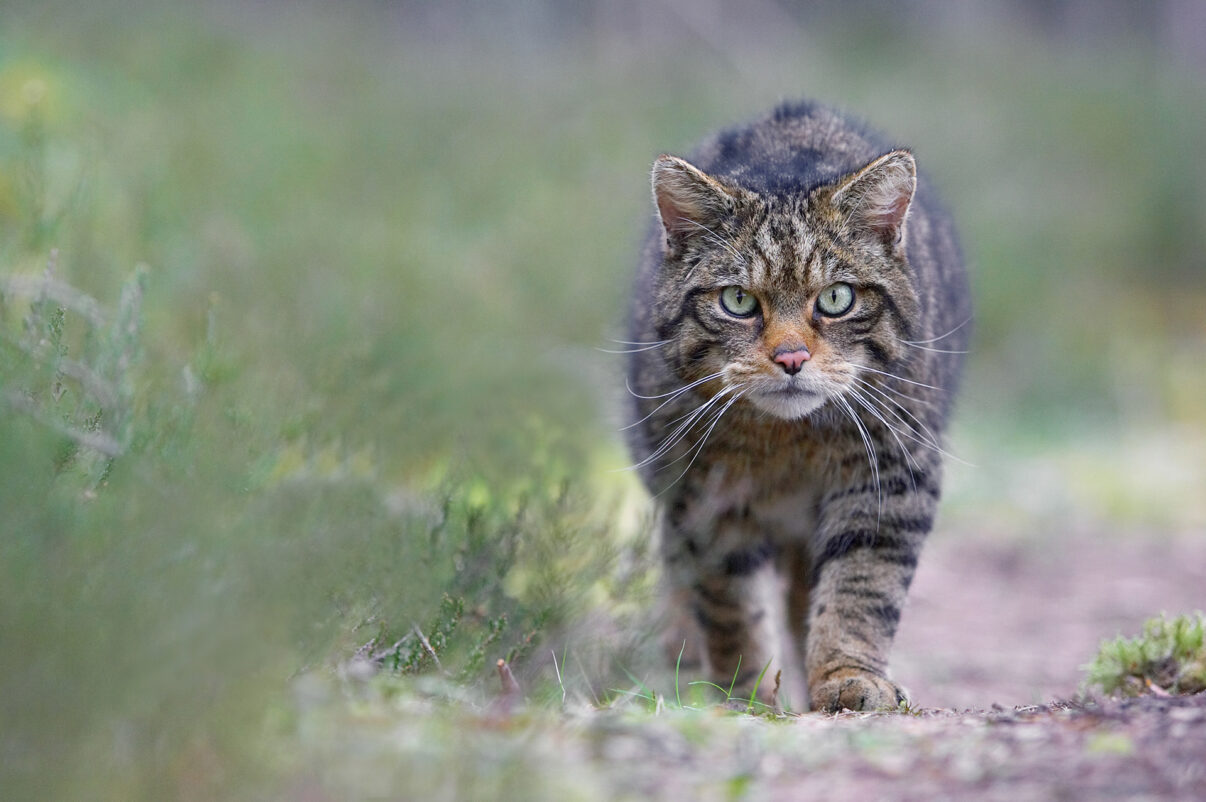
Breeding wildcats
The European wildcat (Felis silvestris) is a separate species from the domestic cat (Felis catus). While similar in size, their behaviour is different, with wildcats in Scotland preferring a mosaic habitat of mixed forests and grasslands, with their preferred prey being small rodents including rabbits.
The plight of Scotland’s wildcat is a long and complicated one, with persecution, habitat loss, lack of legal protection (until relatively recently), disease and hybridisation (interbreeding) with domestic cats all contributing to the species’ decline – to a point where they are now believed to be ‘functionally extinct’ in the wild.
Saving Wildcats aims to prevent the extinction of this iconic species in Britain through breeding wildcats for release at a new dedicated centre based at the Royal Zoological Society of Scotland’s Highland Wildlife Park.
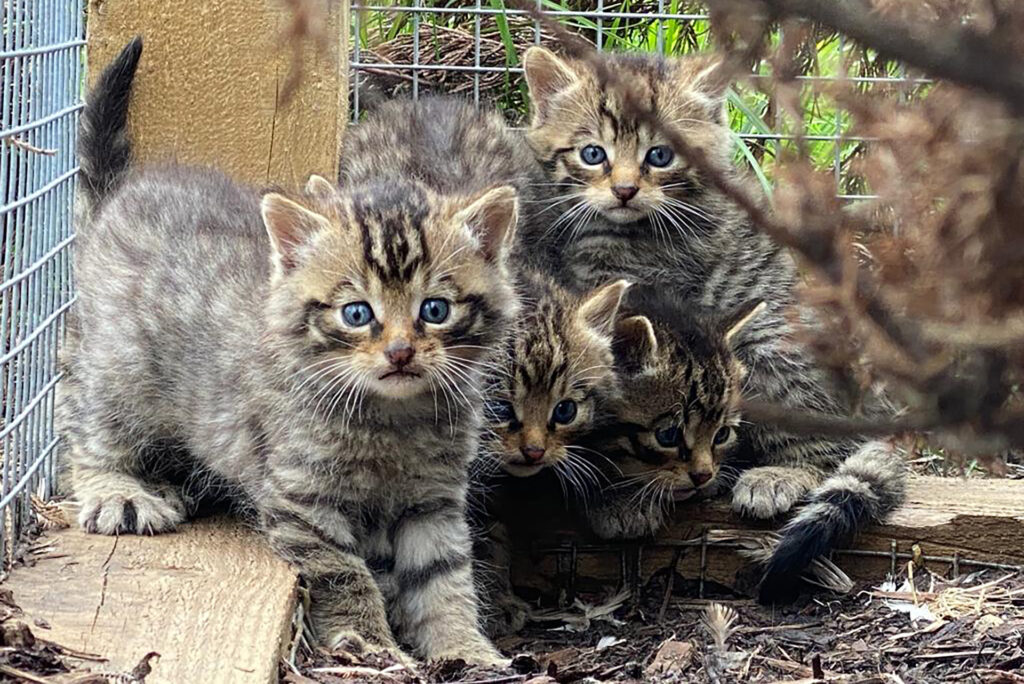
Reviving the population
To restore the wildcat’s genetic viability, a plan was urgently needed to revive the population. Saving Wildcats are driving forward this new plan, building on the strong foundations for a comeback laid down by Scottish Wildcat Action, which was the first national conservation plan with a vision to restore viable populations of wildcats in the Scottish Highlands.
The new European partnership led by the Royal Zoological Society of Scotland aims to bring back wildcats in Scotland, by establishing Britain’s first large-scale conservation breeding for release centre at the Highland Wildlife Park, near Kingussie in the Cairngorms National Park. The centre brings together wildcat experts, breeding facilities, a dedicated veterinary unit, and naturalistic pre-release enclosures that encourage wildcats to develop crucial skills for life in the wild. The enclosures are located away from public activity and human contact is kept to a minimum.
All of the released wildcats will be fitted with collars to keep track of their movements and monitor their behaviour. It is hoped that in the long term, wildcat restoration will take place in other areas of Scotland, with the species having once roamed throughout mainland Britain.
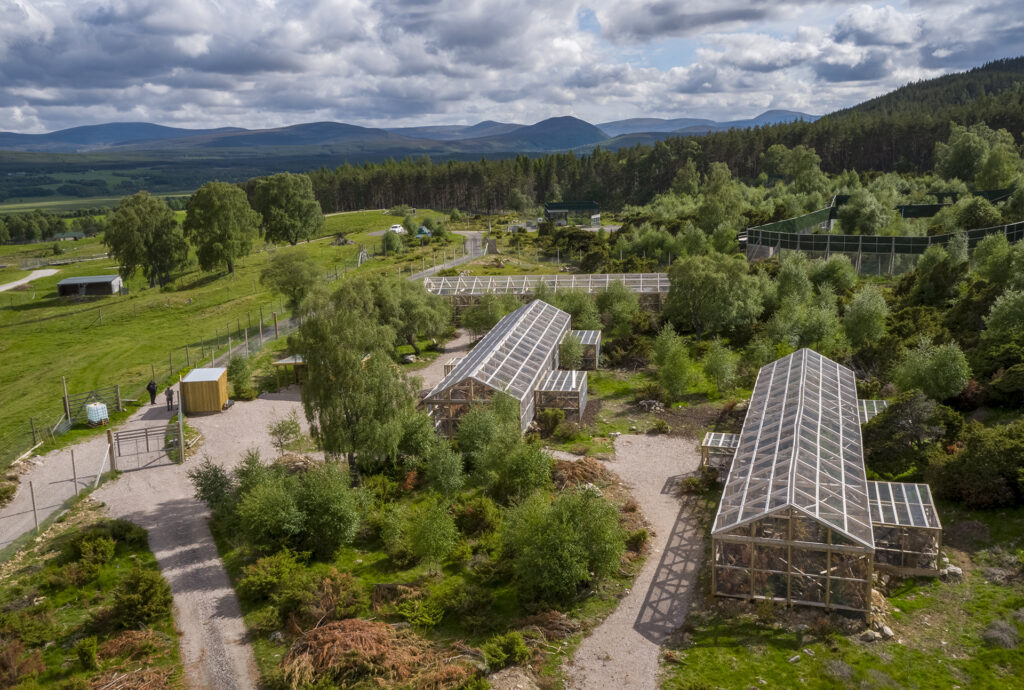
Recipe for success
The initial release site has been carefully chosen – with significant effort having been made to mitigate the previously mentioned threats – with an abundance of potentially suitable habitat. This area is the Cairngorms Connect landscape, a partnership of neighbouring landowners, committed to a bold and ambitious 200-year vision to enhance habitats, species and ecological processes across a vast area within the Cairngorms National Park.
Saving Wildcats’ work also involves mitigating threats in other areas of the Highlands, to prepare for possible future successful translocations, as well as educating communities about wildcat ecology and the benefits they can bring to a local area, such as working together with the tourism industry.
Although highly elusive, the prospect of capturing a wildcat on a trail camera would be rewarding enough for many, and this iconic species adds a considerable mystique to the Highlands of Scotland which was once a stronghold for Britain’s last remaining wild felid. With eight founder pairs of wildcats producing over 20 kittens in the first year, the omens are good for rescuing the Scottish wildcat.
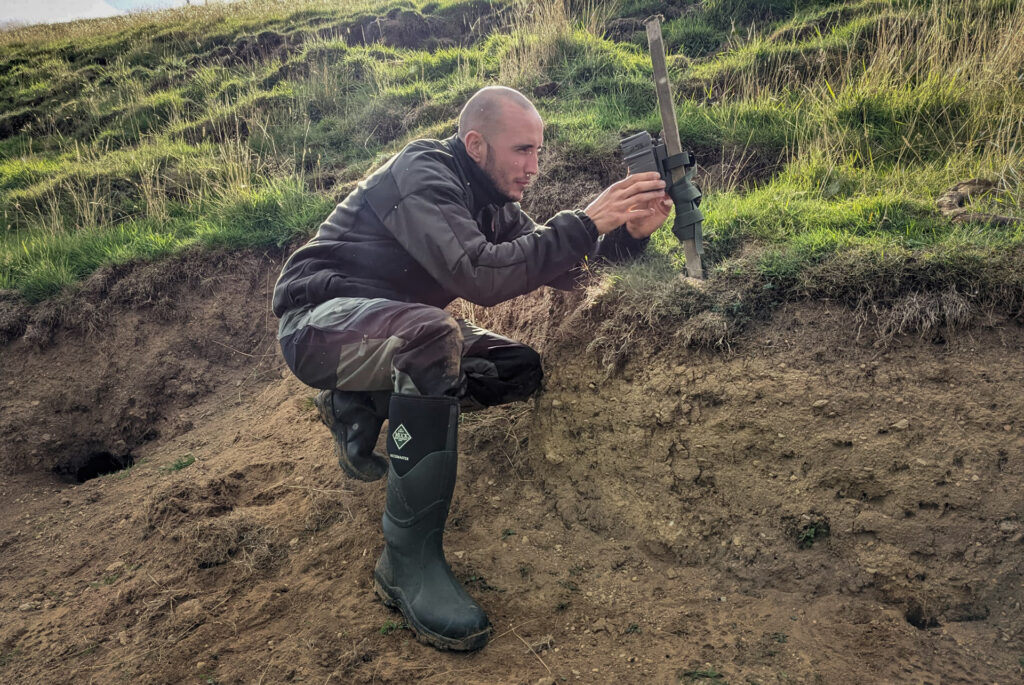
A valuable addition
Rewilding Europe’s network offers myriad insights from a diverse range of initiatives across Europe, with each member benefiting from – and enabling – an invaluable knowledge exchange for rewilding progress on the ground. The Royal Zoological Society of Scotland, lead partner for the Saving Wildcats project, are active internationally in the conservation of a wide range of vertebrate and invertebrate species. “We are joining the network because we believe we have much to learn from and contribute to rewilding initiatives across Europe and beyond. It will be a privilege to work with the existing members and help contribute to a wilder future for Europe,” says Dr. Ian Simpson, Project Manager of Saving Wildcats.
For Rewilding Europe, the addition of an initiative focused on the reinforcement of a medium-sized predator that sits in the middle of a food chain is something that is of great interest and value, as trophic webs are being rebuilt across ten Rewilding Landscapes. Predators play a pivotal role in the functioning of healthy ecosystems, and so any lessons that can be learnt will be eagerly awaited.
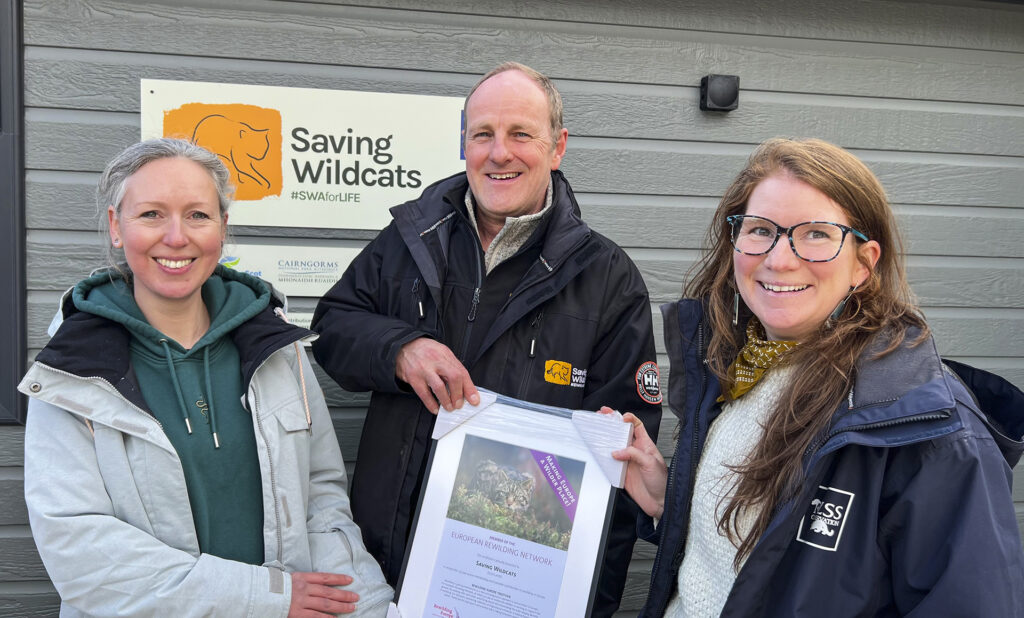
Community at the core
For the Saving Wildcats initiative to be a success, communication with people living alongside the wildcats is key. A raft of communication strategies has already been put in place, from winning hearts and minds on social media, to engaging with landowners and educating school children. It’s hoped that this will help nurture a sense of guardianship for the released wildcats amongst local communities.
“Working with our local communities to understand how best people can benefit from the presence of wildcats is critical to ensuring this restoration project is successful,” says Helena Parsons, Saving Wildcats Outreach and Engagement Officer.
“Saving Wildcats is as much about people as it is about wildcats, and it’s important that the whole community comes together to restore this iconic species in the Cairngorms. These wildcats don’t belong to us, but to everyone who supports their restoration, from gamekeepers and farmers to local businesses and residents.”
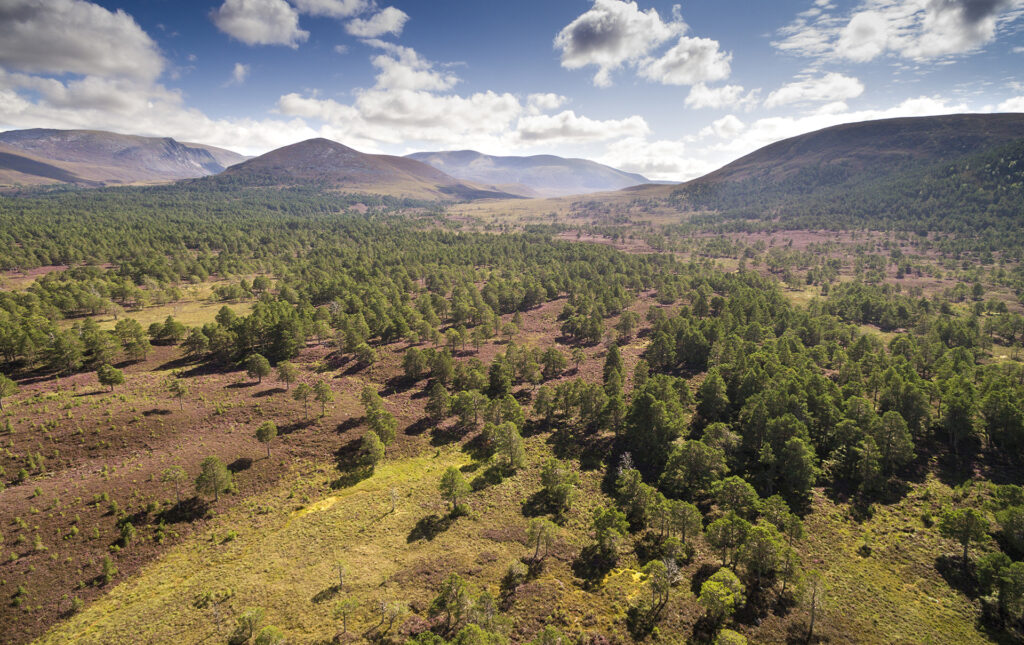
A platform for exchange
Today, rewilding is gaining momentum as a progressive and effective approach to conservation in Europe. Underpinning this trend, the burgeoning European Rewilding Network continues to foster collaboration and amplify results. Founded by Rewilding Europe in 2013, the aim of the network is to enhance the efforts of each member by facilitating the exchange of skills, insight and experience.
Members meet regularly, usually via webinars, and can participate in training. They can also apply to the European Wildlife Comeback Fund and Rewilding Europe Capital, Rewilding Europe’s enterprise loan facility.
Rewilding Europe extends a warm welcome to all European rewilding initiatives that focus on practical, result-oriented rewilding and encourages them to apply for membership.
Partnerships and support
The conservation breeding for the release of wildcats is being carried out by the Saving Wildcats partnership (#SWAforLIFE) led by the Royal Zoological Society of Scotland (RZSS) in collaboration with NatureScot, Forestry and Land Scotland (FLS), The Cairngorms National Park Authority (CNPA), Norden’s Ark, Consejería de Sostenibilidad, Medio Ambiente y Economía Azul de la Junta de Andalucía and with releases being conducted with the support of Cairngorms Connect.
The project is funded with the contribution of the LIFE Programme of the European Union and the generous support of The Scottish Government, The Garfield Weston Foundation, The National Trust for Scotland, The People’s Trust for Endangered Species, players of the People’s Postcode Lottery, The European Nature Trust and European Wildlife Comeback Fund.

